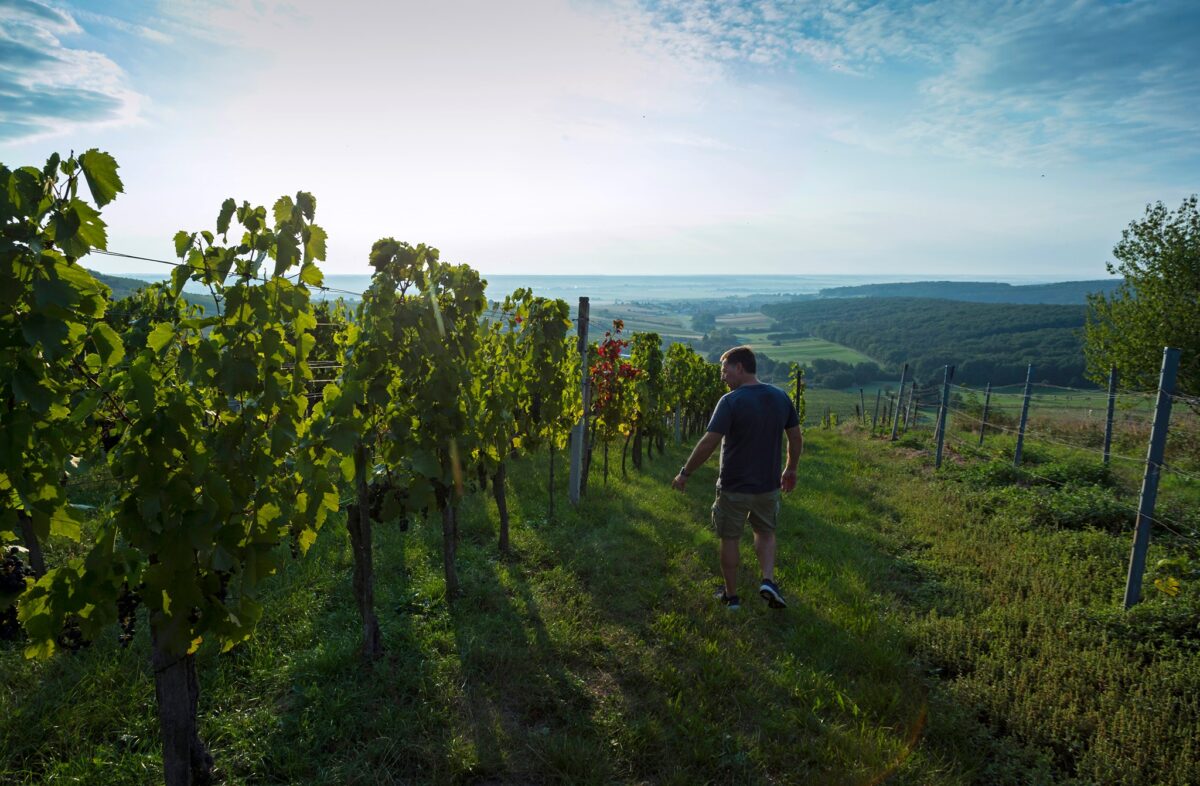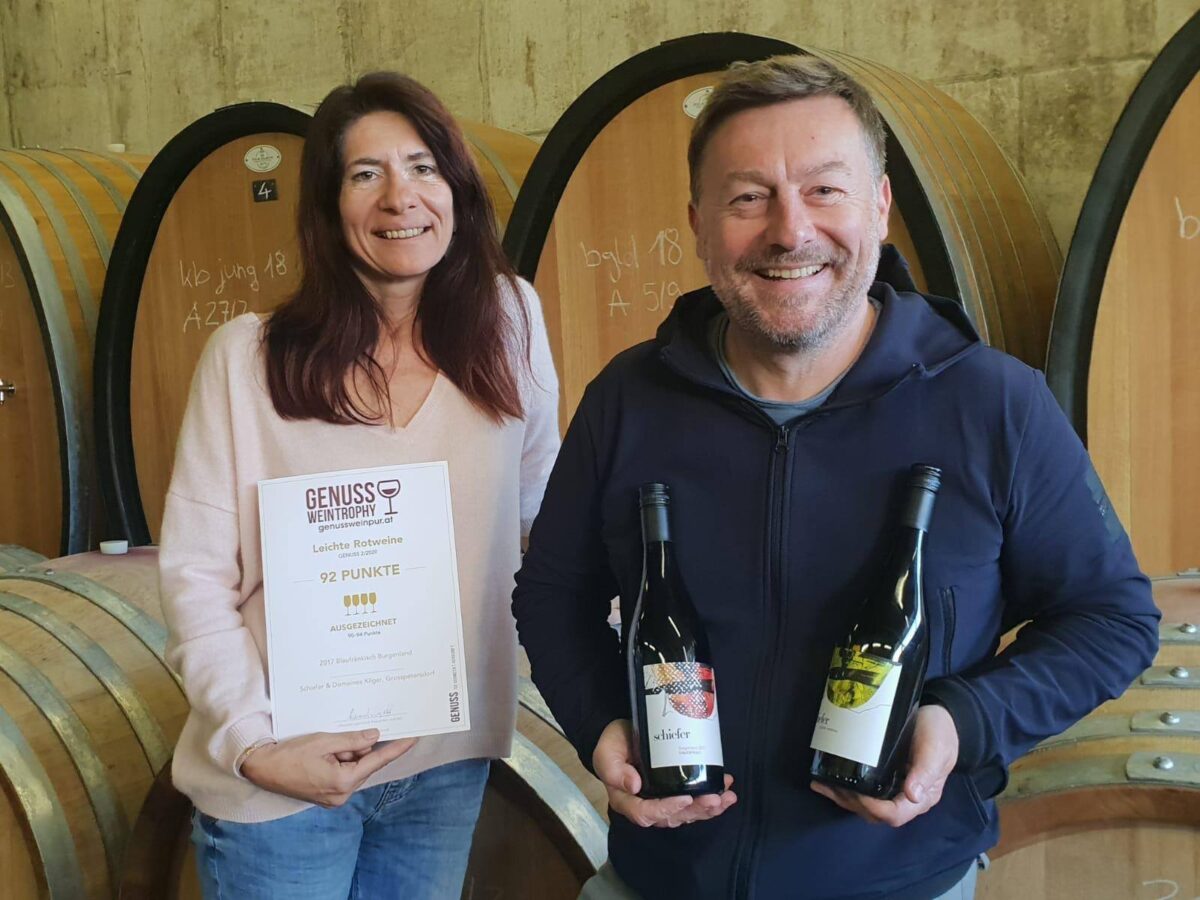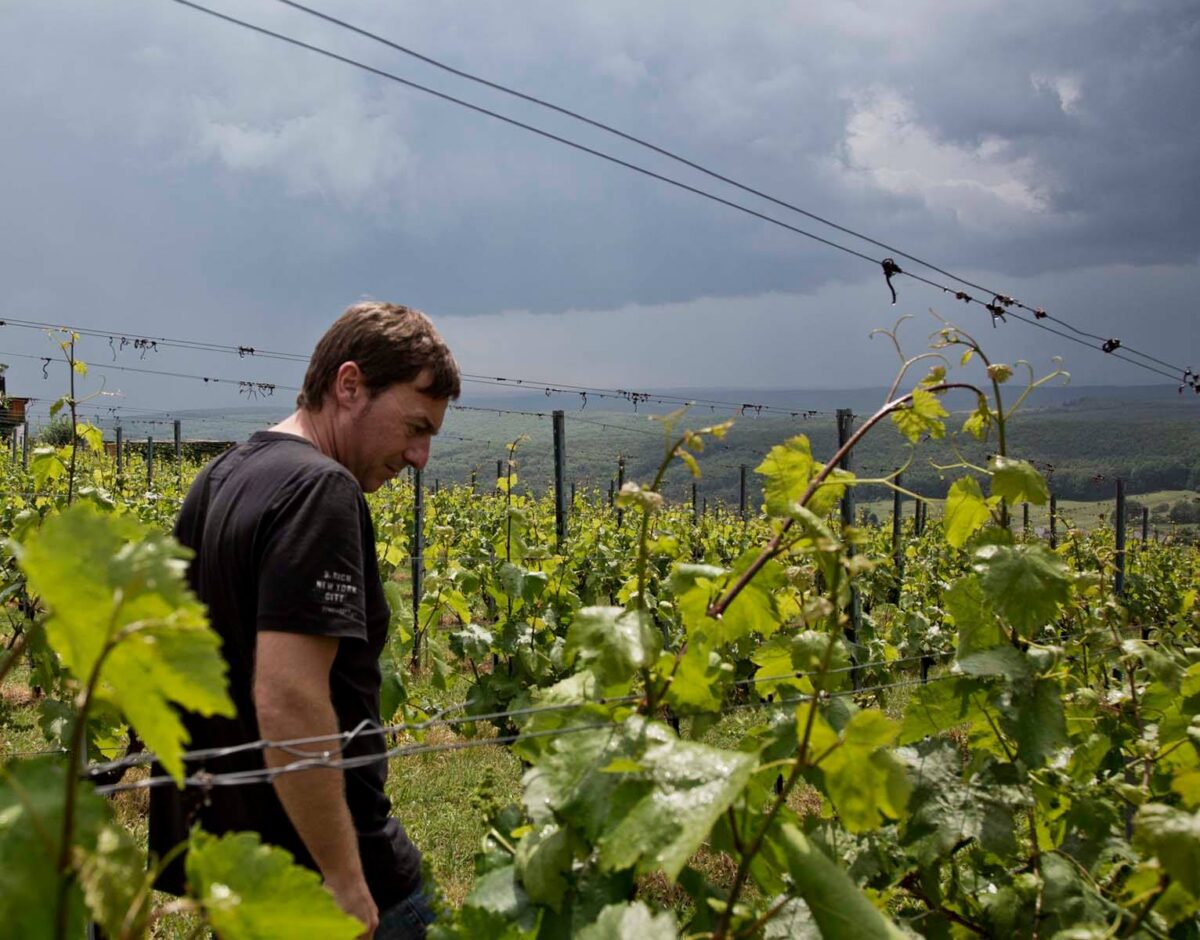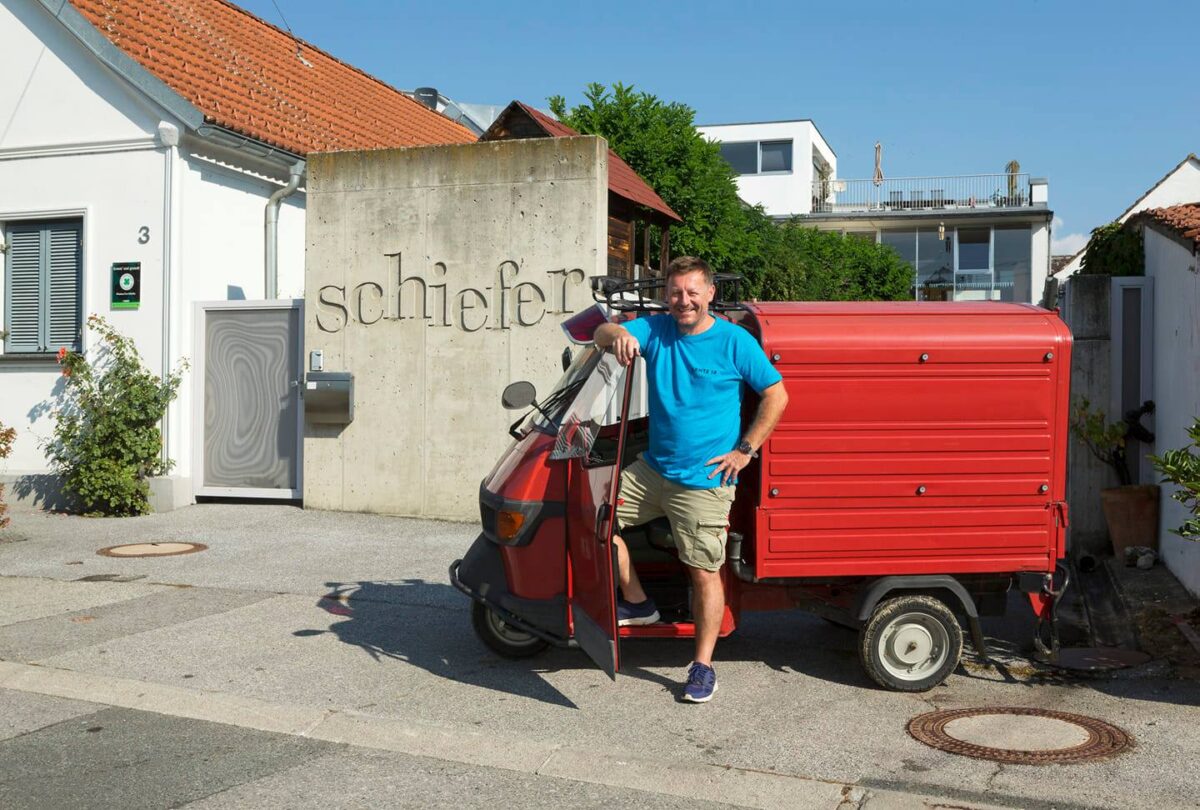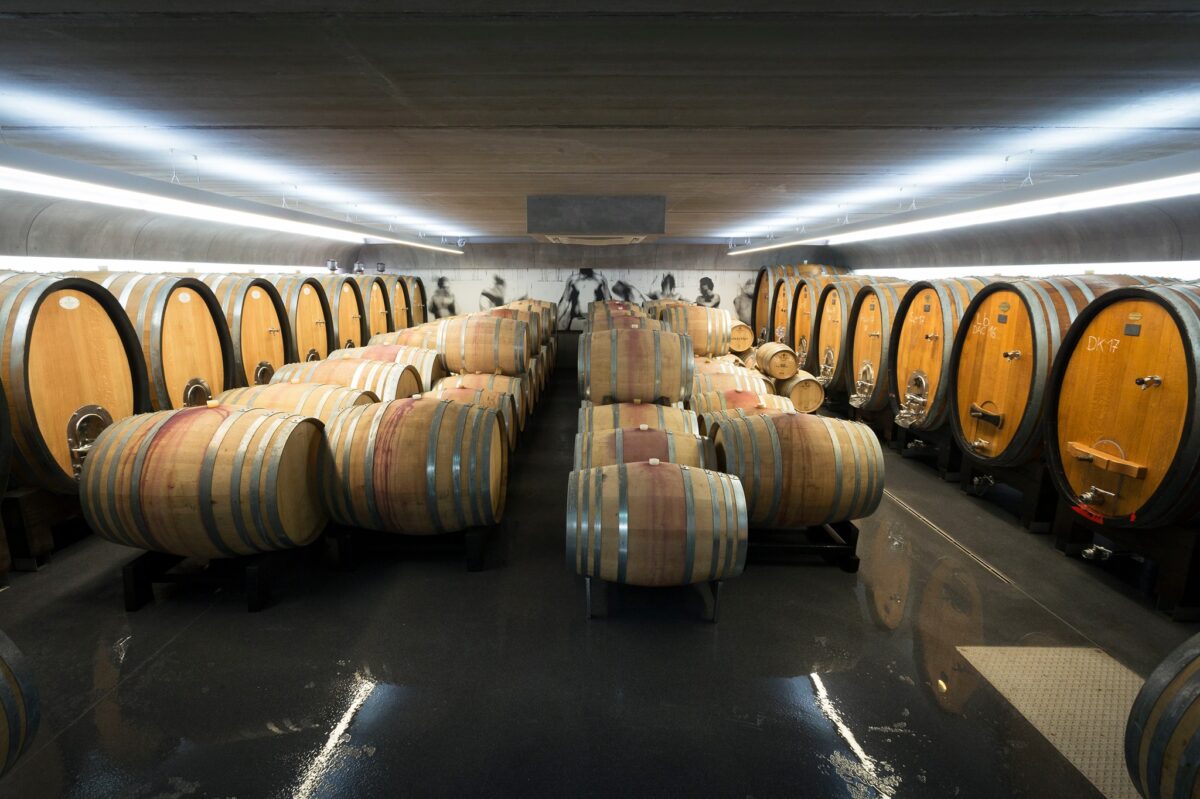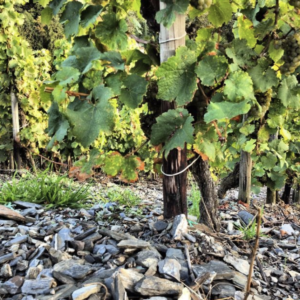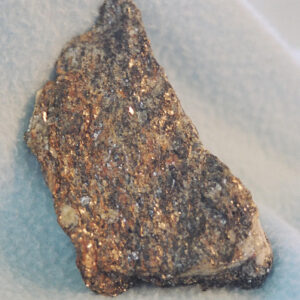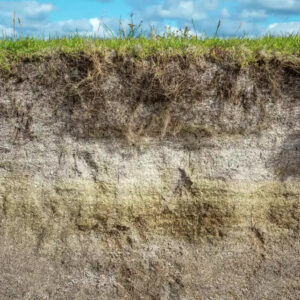“That’s the way I am” – Uwe
“Break on through to the other side”: my career can also be described based on this song by Jim Morrison & the Doors. From being a waiter and sommelier in renowned Viennese restaurants – including the Steirereck – I decided in 1990 to devote myself entirely to my passion for wine as a winemaker. After attending the wine academy in Rust, I founded my own winery in Welgersdorf in southern Burgenland. In order to make the kind of wines that already existed in our region, but in my opinion had to be much more independent. as independent as the terroir on which they grow: the calcareous Königsberg, the “opal” Tschaterberg and of course the (nomen est omen) iron and slate-rich Eisenberg.
Garden
My cultivated vineyard area is 22 hectares, most of which is planted with red wine varieties: mainly Blaufränkisch and some Pinot Noir and Merlot. My white region-specific grape varieties are Welschriesling, Grüner Veltliner and Pinot Blanc. The clayey-loamy terroir with a high iron content on ancient, steep slopes makes it possible to produce very characterful, almost cool-appearing red wines. I rely on puristic, natural viticulture. Herbs and plants between the rows of vines can and should grow there. They, the Pannonian climate with hot days and cool nights as well as the unique soils give my wines everything they need. Nature makes my wines, I make sure that the right thing happens at the right moment: cutting, thinning, reading – nothing more and nothing less.
Basement, cellar
What nature provides is carefully implemented in the cellar. All wines ferment spontaneously and slowly mature on the lees in barrels of various sizes. no technology, merciless simplicity, pronounced minerality – wines with a practiced origin: courageous, unvarnished and with an almost dogmatic purity: pure slate!
